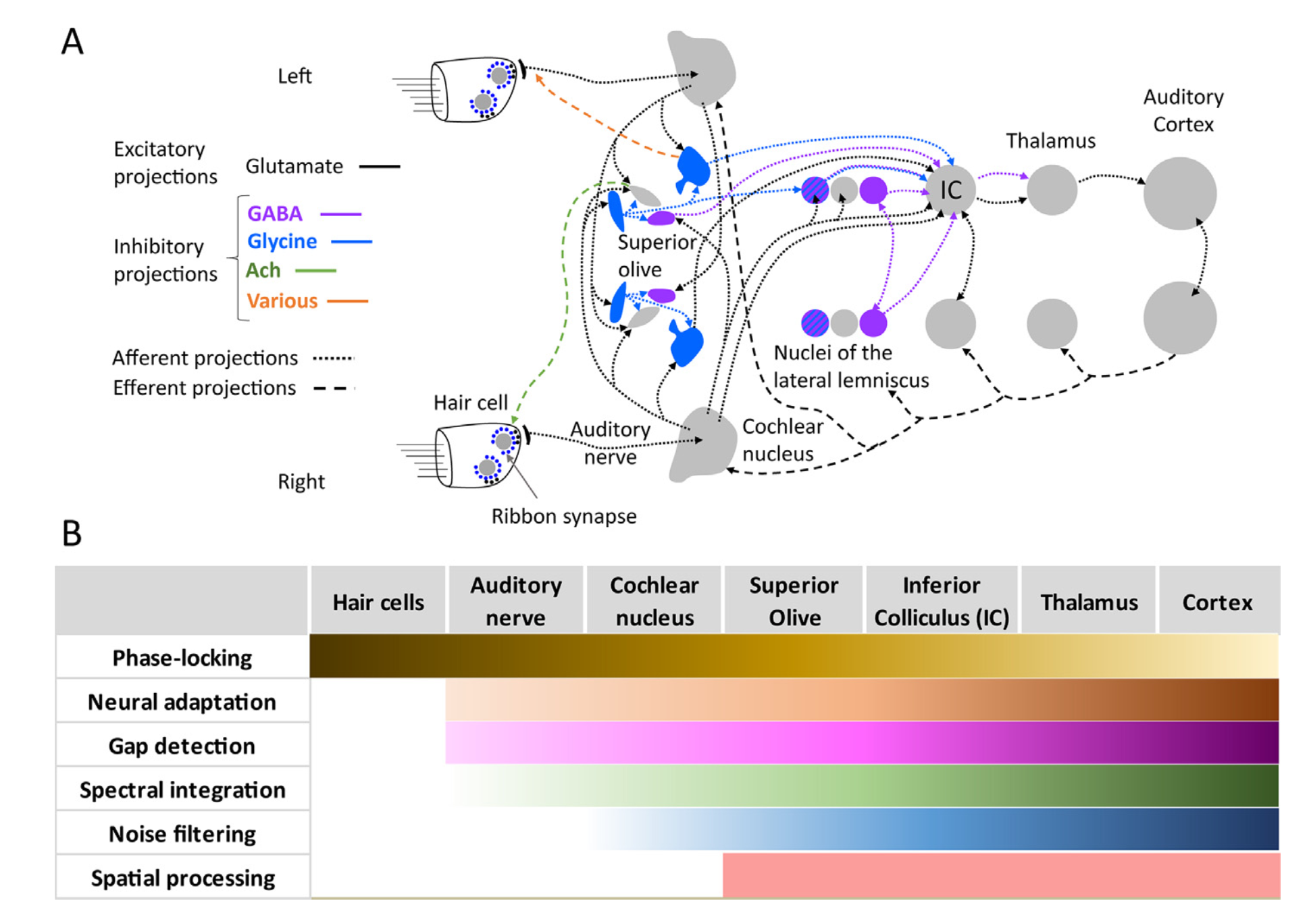What Are Auditory Processing Disorders?
Auditory processing disorders (APD), also known as central auditory processing disorders (CAPD), occur when the brain is unable to process sounds. APD is the result of impaired neural function. It is distinct from hearing loss. A person with APD can hear sounds; in fact, many have typical audiogram results. With APD, the way the brain translates those sounds is disrupted, resulting in jumbled messages.
The umbrella term describes a heterogeneous group of disorders of central auditory processing identified in an ever increasing population, spanning infancy through the elderly and of diverse etiology due to various underlying pathologies, all leading to difficulties in making sense of the sounds that one hears.
These include challenges in recognizing which sounds are important and which are background noise; telling one sound apart from another; locating where sounds are coming from; remembering sounds in the order they are heard; and experiencing additional difficulties in understanding after exposure to loud noises.
The hearing difficulties associated with APD occur despite typical hearing thresholds, thus audibility of sounds per se is not the cause. Consequently, it remains challenging to diagnose, manage and treat, given the wide variety of symptoms grouped under the label, the complex relationship between APD and other disorders and disabilities, and uncertainties about its cause(s).














There is no consensus on “what” causes this condition, but genetics can be a factor (which is most likely the source of my APD). But on the plus side, I am a great problem solver, out-of-the-box thinker, and good with numbers and databases.